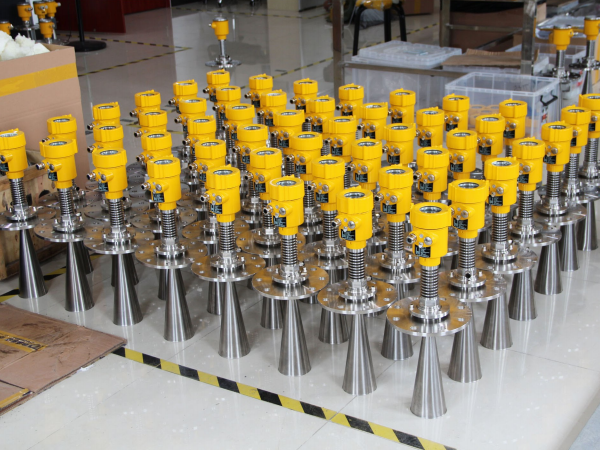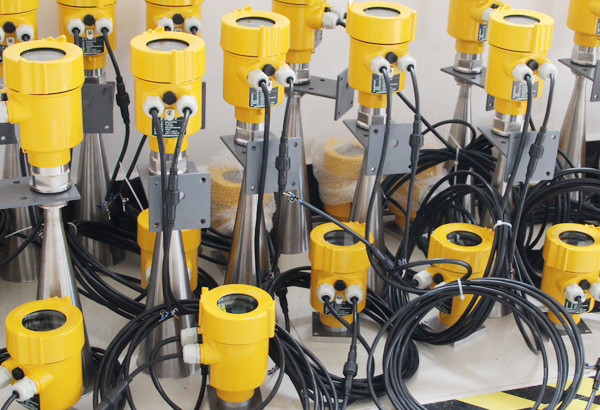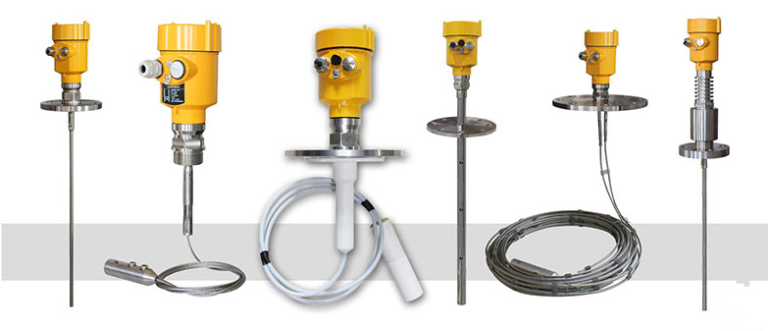1. Knock and hand press method, we often encounter the phenomenon that the instrument runs well for a while and then breaks down. Most of this phenomenon is due to poor contact or welding errors caused by, in this case, you can use knocking and manual pressure.
The so-called “knock” is to use a small rubber hammer or another tapping device to gently knock the plug-in board or components to see if it will cause errors or downtime failure. Manual pressure” means that when a fault occurs, after the power has been turned off, press the blocked parts, plugs, and seats firmly by the hand, then turn the machine on and try to see if the fault is eliminated.
If you find that tapping the housing once is normal and then tapping it again is not normal, plug all the connectors securely first and then try again. If that does not work, you will have to find another way.

2. Observation method, using the sense of sight, smell, and touch. Sometimes, damaged parts will be discolored, blistered, or scorched, burned devices will produce some special smell, short-circuited chips will burn, and soldering or desoldering faults can be observed with the naked eye.
3. Exclusion method, the so-called exclusion method is to determine the cause of the failure by unplugging some plug-in boards and devices in the machine. When the plug-in board or equipment is unplugged, the instrument returns to normal, indicating that the fault occurred there.
4. alternative method, two instruments of the same type of sufficient spare parts are required. Replace good spare parts with the same parts on the faulty machine to see if the fault is eliminated.

5. The comparison method requires two meters of the same type, one of which is in normal operation. The equipment required to use this method, such as a multimeter and oscilloscope, should be provided. According to the nature of the comparison, there are voltage comparison, waveform comparison, static impedance comparison, output result comparison, current comparison, etc.
This is done by having the faulty meter and the normal meter operate under the same conditions, then detecting the signals at certain points and comparing the two sets of signals. If there is a difference, you can conclude that the fault is there. This method requires the operator to have excellent professional knowledge and skills.

6. Raise and lower the temperature method, many times, when the instrument works for a long time, or when the working environment temperature is high in summer, there will be a failure. Stop the machine to check normal. After a period of time, it will be normal to start the instrument again. After some time, it will fail again.
The reason for this phenomenon is that some ICs or components have poor performance and the high-temperature characteristic parameters cannot meet the index requirements. In order to find out the cause of the failure, you can use the heating up and cooling down method. By cooling, it means that when the failure occurs, use cotton swabs to wipe anhydrous alcohol in the part where the failure may occur for cooling, and observe whether the failure is eliminated.
The so-called warming refers to artificially raising the ambient temperature, for example, the use of soldering iron near the suspicious parts (be careful not to raise the temperature too high, so as not to damage the normal equipment), in order to see whether the fault occurred.

7. Riding shoulder method, also known as a parallel method, install a good IC chip on the chip to be tested or connect a good component in parallel with the component to be tested to maintain good contact. If the fault is caused by internal disconnection or poor component contact, this method can be used to eliminate the fault.
8. Capacitor bypass method. When a circuit produces strange phenomena, such as a confusing display, the capacitor bypass method can be used to determine the part of the circuit that may be faulty. Connect the capacitor to the power and ground terminals of the IC connect the transistor circuit to the base input or collector output and observe the effect on the fault phenomenon. If the capacitor bypass input is ineffective and the fault phenomenon disappears when bypassing its output, then by the above on the radar level meter fault elimination, the use of it will be safer.
